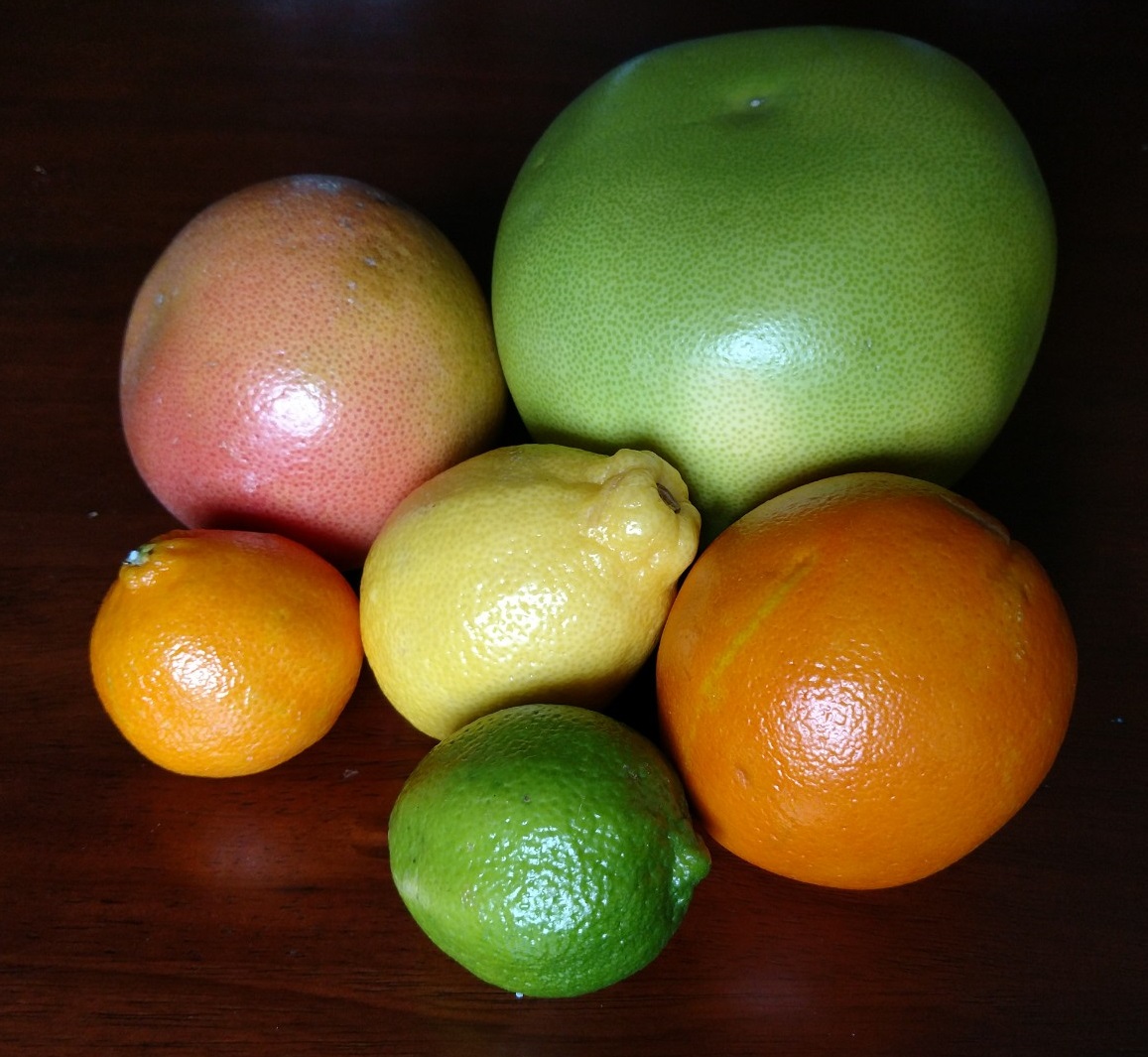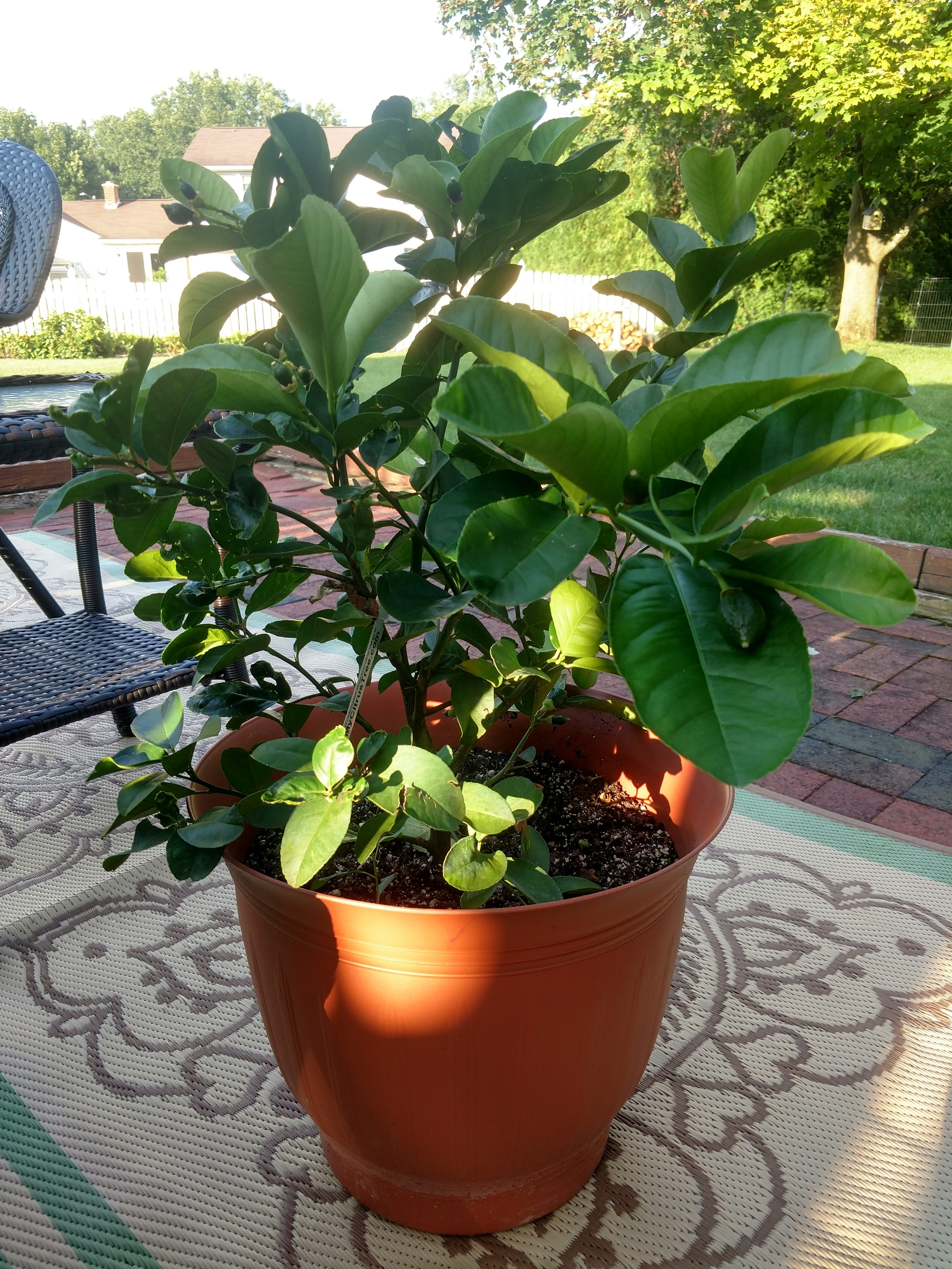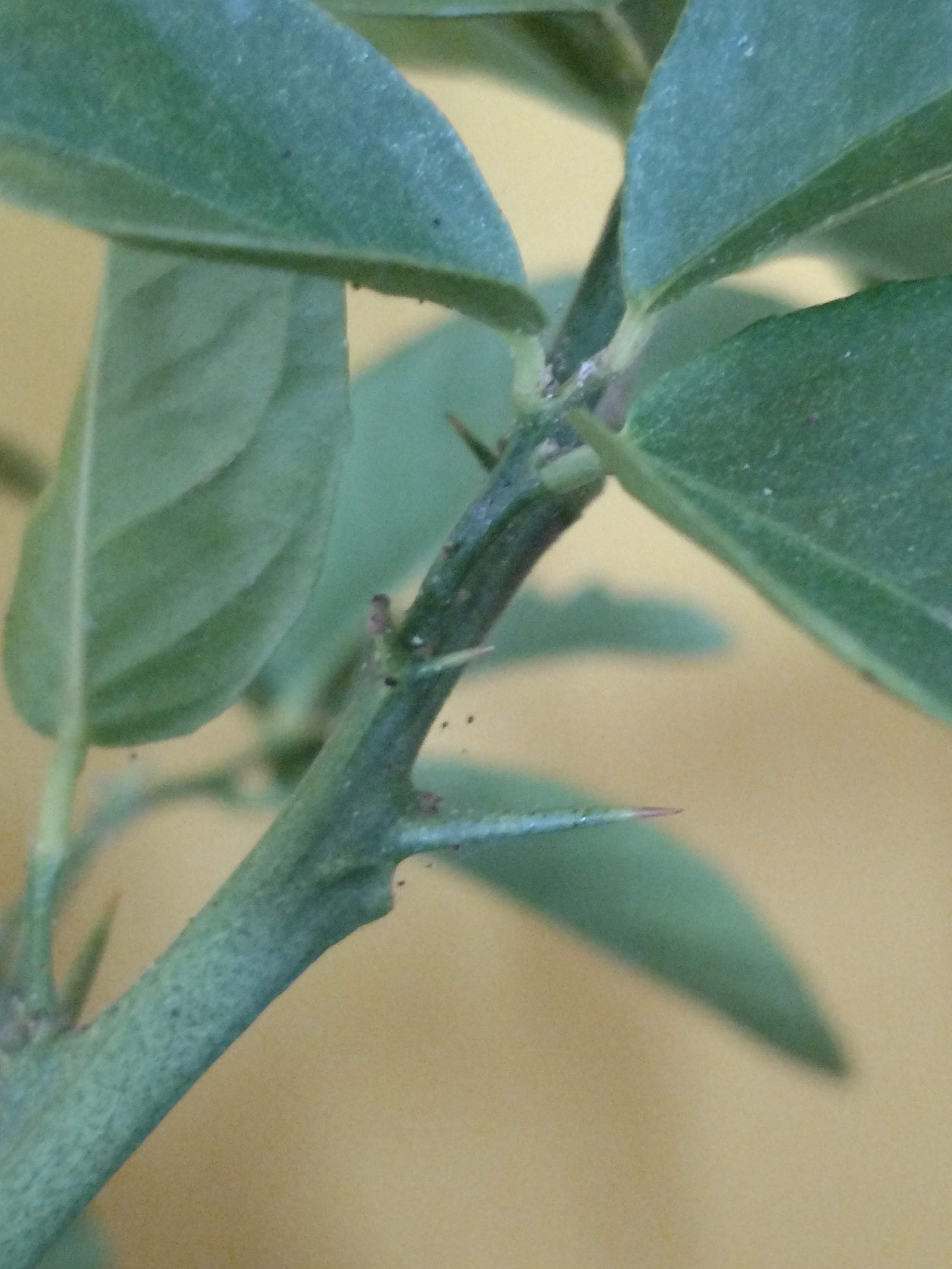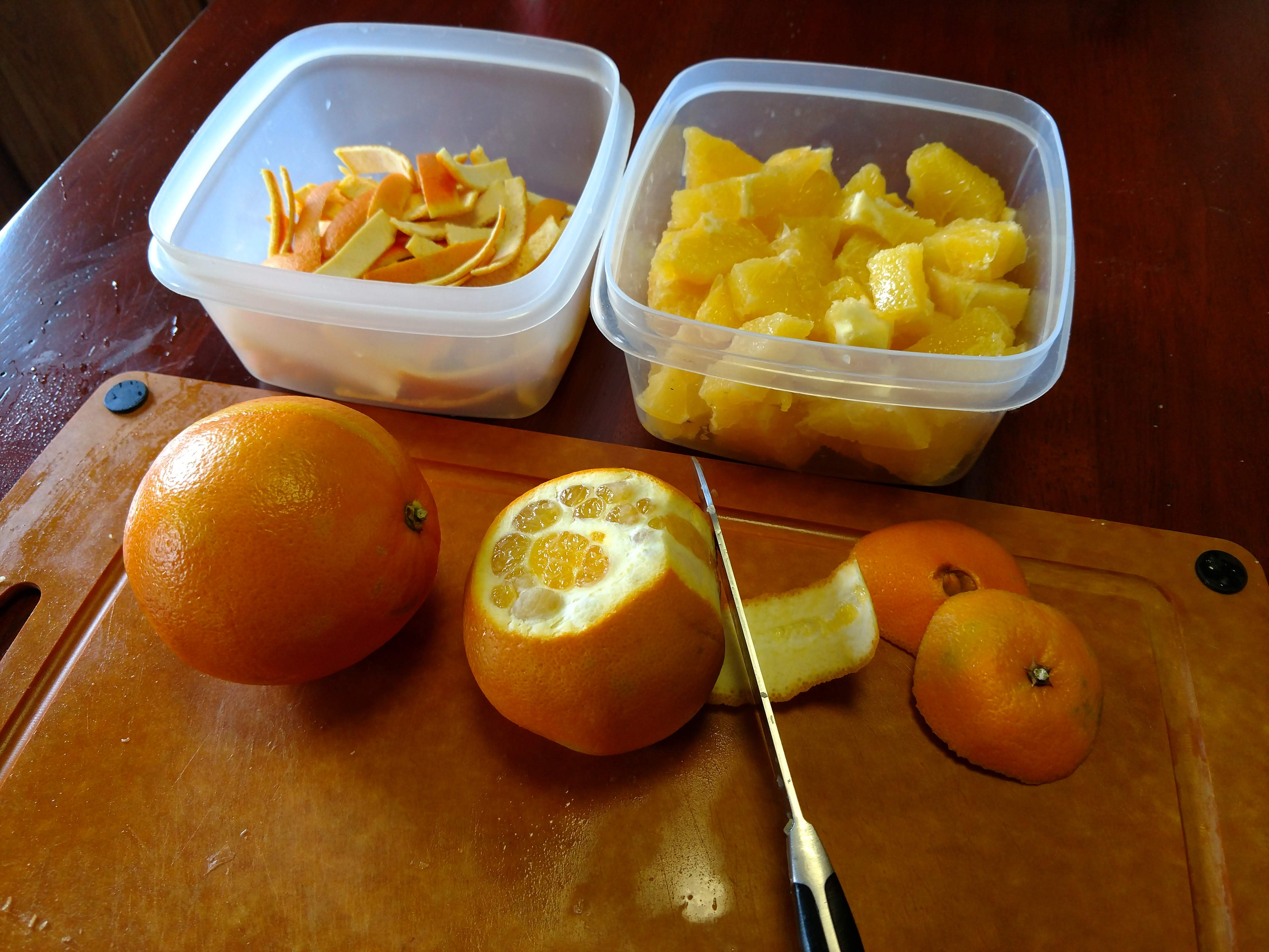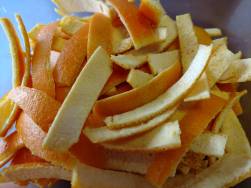Living in an 1840s house limits the amount of sunlight available to both occupants and houseplants. Windows are small and not especially numerous as back then, they would be seen more as energy/heat wasting units than as illuminating elements. For years, I have been bringing houseplants to work at the UConn Soil Nutrient Analysis Lab as the lighting, both internal and external is vastly improved when compared to what I could offer at home.
Trying to be restrained but yet being a plant nerd has been a hard dichotomy to attend to. Oh, what a gorgeous plant, I simply have to have it! No, you have no place in your house where it can grow! The two things I desire in my next home are a garage and plenty of windows.
Last weekend, my sisters and I took a ride to Logee’s in Danielson, CT. They have several greenhouses filled with tropical plants, many in full bloom lighting up the cloudy, cold winter day. Logee’s has been around since 1892. It began as a cut flower business started by William D. Logee. He became enraptured with both tropical and unusual plants. In 1900, he purchased a Ponderosa lemon from Philadelphia and planted it in his greenhouse and 123 years later, it still is growing and producing huge lemons today!
His son Ernest carried on his passion for collecting, selling and breeding exotic plants and ended up being one of the founding members of the America Begonia Society. You will notice quite the begonia collection at Logee’s. Although Ernest Logee died at a young age, his sister, Joy married Ernest Martin so they became second generation owners of Logee’s. Now their son, Byron, heads the third generation of growers and their offerings of exotic houseplants, hardy and indoor fruiting plants and unique introductions just keep expanding.
There’s never a bad time to visit a greenhouse or garden center in my view, but something about getting up close and personal with a tropical plant clothed in showy blossoms during dismal winter days, just feels good. Two of my favorite vining plants under glass are bougainvillea ‘Orange Ice’ and blue skyflower (Thunbergia latifolia). Both need much more light and room than I can presently provide, but someday….
Citrus are another group of plants I like to try if I had more light. Logee’s offers Ponderosa lemons from cuttings off of the original Philadelphia lemon tree as well as other lemon varieties, several selections of oranges and limes, kumquats, guavas, figs and other tropical fruits that I am not familiar with. They look great here and if you have great light, do give them a try.
Me, I am interested in some low light plants that I could grow in north windows as they are the only spaces free, at the moment. For years I have had a philodendron or two, the old-fashioned type with the heart shaped leaves. Not very exciting but they manage to survive with little care and low light levels.
I was delighted to find some choice philodendron selections at Logee’s. ‘Moonlight’ is a handsome chartreusey philodendron with bright lime green, new foliage, darkening with age. It has a more erect growth habit forming more of a 2-foot high and wide clump rather than climbing or trailing.
Another exciting find was philodendron, ‘Prince of Orange’. This plant also is more of a clump former with about the same dimensions as ‘Moonlight’ The leaves are quite unique as they change from sort of a golden yellow when they first emerge to a warm copper and eventually to a deep green.
Philodendron ‘Cebu Blue’ looked quite interesting with its soft, steely blue leaves. It would look quite nice in a hanging basket. Upon further inspection, however, it turned out to be Epipremnum pinnatum, a similar-looking species and it was in its juvenile form. As it matures the leaves are bigger and split, like Monstera. At 4 feet in height, this plant will have to wait until I have more room, or I could bring it to work!
Even if you don’t bring home any plants, a visit to a local greenhouse or garden center on a cold winter day brings some of spring’s warmth into your heart and soul.
Dawn P.






